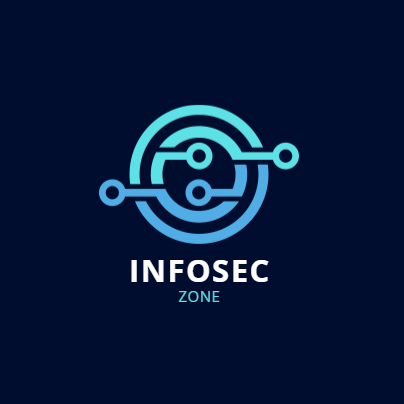Unlocking the Differences: A Closer Look at Identity and Access Management (IAM) and Privileged Access Management (PAM)
Identity and Access Management (IAM) and Privileged Access Management (PAM) are both critical components of an organization’s overall security strategy, but they serve different purposes. Understanding the differences between these two concepts is crucial for effectively managing and securing access to a company’s resources and data.
IAM is a framework that controls who has access to a company’s resources and data. It allows organizations to manage user access to systems, applications, and data, and ensure that only authorized individuals have access to sensitive information. IAM includes processes for creating and managing user identities, setting access controls, and monitoring user activity.
One of the key elements of IAM is the management of user identities. This includes creating and maintaining user accounts, setting, and enforcing password policies, and ensuring that users are who they claim to be. IAM also includes the process of setting access controls, which determines what resources and data a user can access. This can include things like permissions and behaviour groups. Additionally, IAM includes monitoring and logging user activity to detect and respond to suspicious behaviour.
IAM is a fundamental aspect of an organization’s security strategy, as it plays a critical role in controlling access to resources and data. It ensures that only authorized users have access to sensitive information and helps to prevent data breaches and other security incidents.

PAM, on the other hand, is a subset of IAM that specifically deals with managing privileged access to sensitive systems and data. Privileged accounts are those that have the ability to access sensitive systems and applications, as well as sensitive data such as passwords, financial information, and personal data. PAM focuses on controlling access to these privileged accounts and ensuring that only authorized individuals have access to them.

One of the key differences between IAM and PAM is that IAM is generally focused on controlling access to resources and data, while PAM is specifically focused on controlling access to sensitive systems and applications. In other words, IAM is a broader concept that encompasses PAM.
PAM is important because privileged accounts often have the ability to make changes to sensitive systems and data, and access to these accounts must be tightly controlled to prevent unauthorized changes or data breaches. PAM typically includes the use of multi-factor authentication, role-based access controls, and real-time monitoring of privileged user activity to detect and respond to suspicious behavior.
Another difference between IAM and PAM is that IAM typically deals with the management of user identities and access controls, while PAM specifically deals with privileged access and the management of privileged accounts. This means that IAM is focused on controlling access to resources and data for all users, while PAM is focused on controlling access to sensitive systems and data for a select group of privileged users.
It is important to note that both IAM and PAM are essential for a comprehensive security strategy. IAM controls access to resources and data for all users, while PAM specifically controls access to sensitive systems and data for privileged users. Both play a critical role in preventing data breaches and other security incidents.
Another important aspect of PAM is the management of shared accounts and temporary access. Shared accounts are those that are used by multiple individuals and temporary access is the access given to a user for a specific time period. PAM solutions provide a way to track and monitor the usage of these accounts and temporary access, allowing organizations to see who has access to what, when, and revoke access when it is no longer needed.
In conclusion, IAM and PAM are both important security concepts that are used to protect a company’s resources and data, but they serve different purposes. IAM is a security framework that controls who has access




